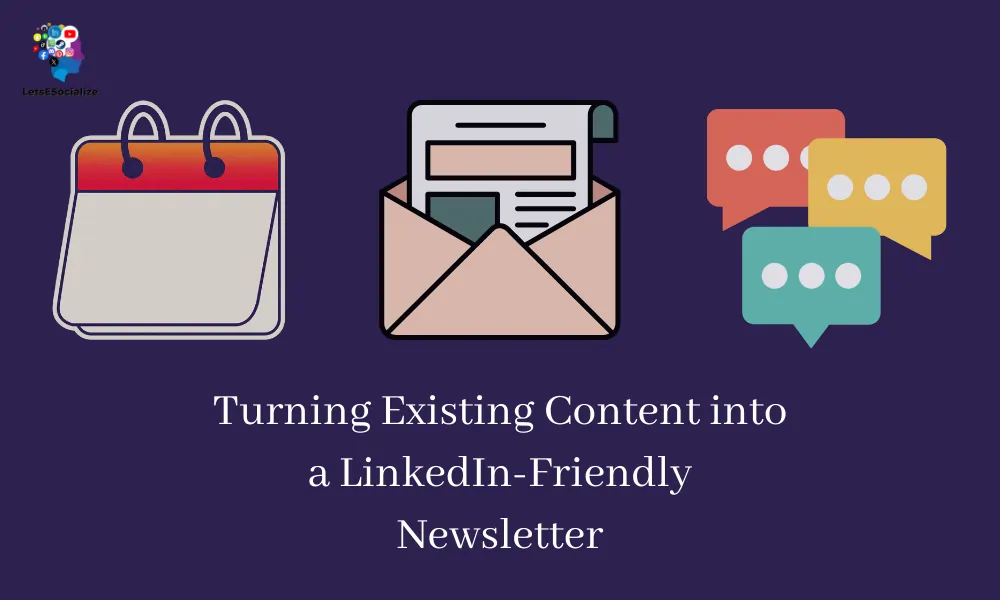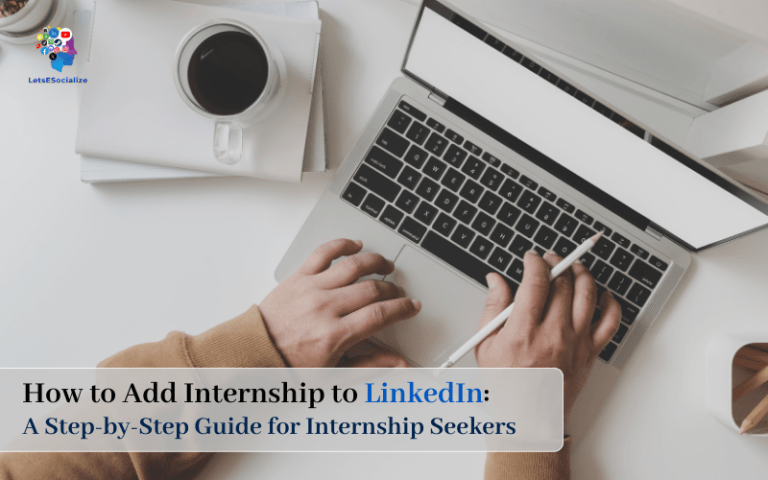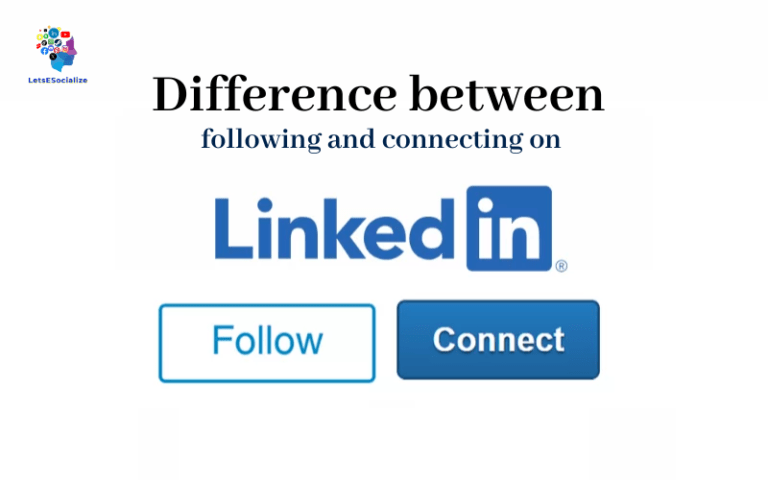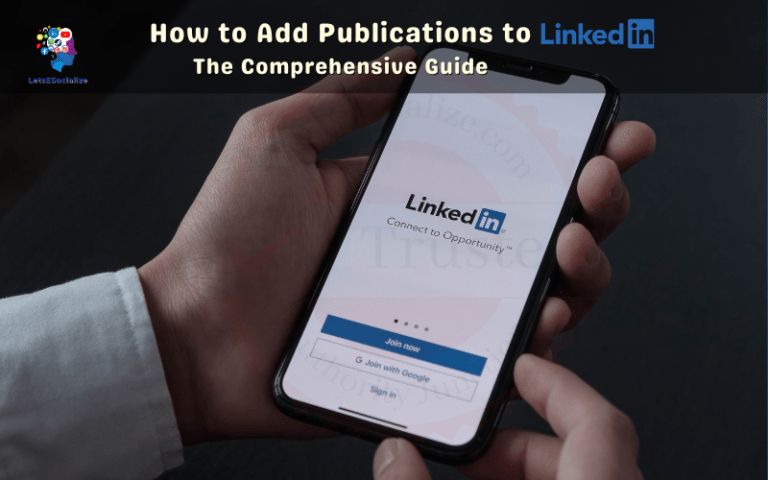Publishing a newsletter on LinkedIn is a powerful tactic for boosting engagement and establishing yourself as a thought leader. But constantly creating fresh newsletter content from scratch can be challenging.
The good news is you don’t have to! With a strategic approach, you can repurpose and reinvent existing content assets into compelling newsletter editions for your LinkedIn audience.
This guide will walk you through proven techniques for turning blog posts, articles, media assets, and other content into tailored LinkedIn newsletters your audience will love.
Table of Contents
Why Publish a Newsletter on LinkedIn?
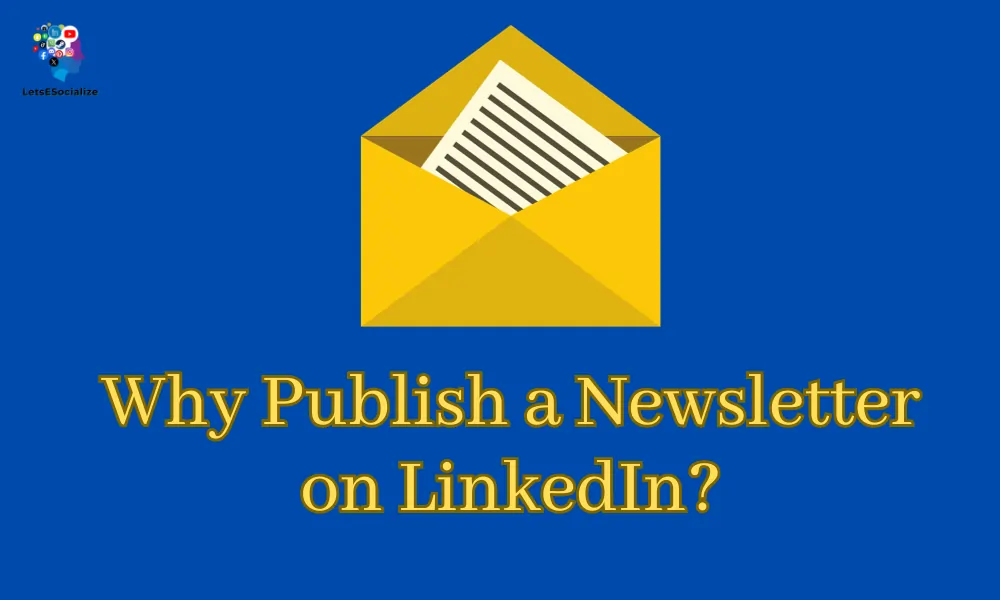
Before we dive into content repurposing tips, let’s review the benefits of having a LinkedIn newsletter:
- Thought leadership: Showcases your expertise and perspectives
- Lead generation: Newsletter signup offers a lead capture point
- Deeper engagement: Newsletters get much more attention than regular posts
- Expanded reach: Spreads your brand and content further on LinkedIn
- Relationship building: Humanizes your brand and builds loyalty
- Promotional channel: Shares company and product news updates
With over 830 million members, the LinkedIn platform offers massive potential for your newsletter. Now let’s see how you can efficiently create issues by revamping existing content.
Also Read – LinkedIn Post Ideas for Computer Scientists and Academics
Evaluate Your Existing Content Assets

Take stock of all the existing content you can potentially repurpose:
- Blog posts and long-form articles
- Presentations and webinars
- Whitepapers and ebooks
- Videos, podcasts, and other multimedia
- Infographics, research reports, and visual assets
- Q&A articles or interviews
- Social media updates and short posts
Look for evergreen, high-quality assets that will still appeal and add value for your target audience. Identify content gaps you may need to fill with new creations.
Curate Content Around Audience Needs

Don’t just repurpose random content – be intentional in curating assets that map to your subscribers’ core interests, challenges, and goals.
Use your audience research and past engagement data to guide topic selection. Curated newsletters aligned to audience needs will perform much better.
Repackage Long-Form Assets into Short Segments
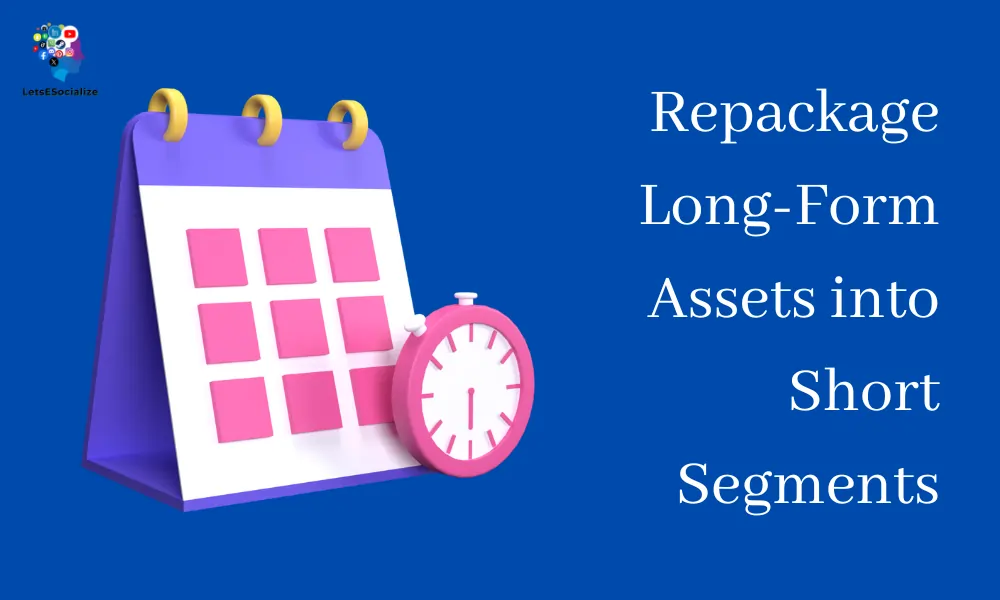
Your in-depth blog posts or whitepapers can provide a wealth of material to extract into bite-sized newsletter pieces.
Some ways to break up long-form content:
- Turn each section or chapter into its article. Your newsletter becomes a sequenced series.
- Pull out key stats, charts, or visuals with some light commentary for snackable segments.
- Extract Q&As or interviews into standalone stories.
- Make each tip or tactic from a “how-to” post into individual segments.
Bite-sized content is perfect for the scanning behavior of newsletter readers.
Reinvent Webinars and Presentations
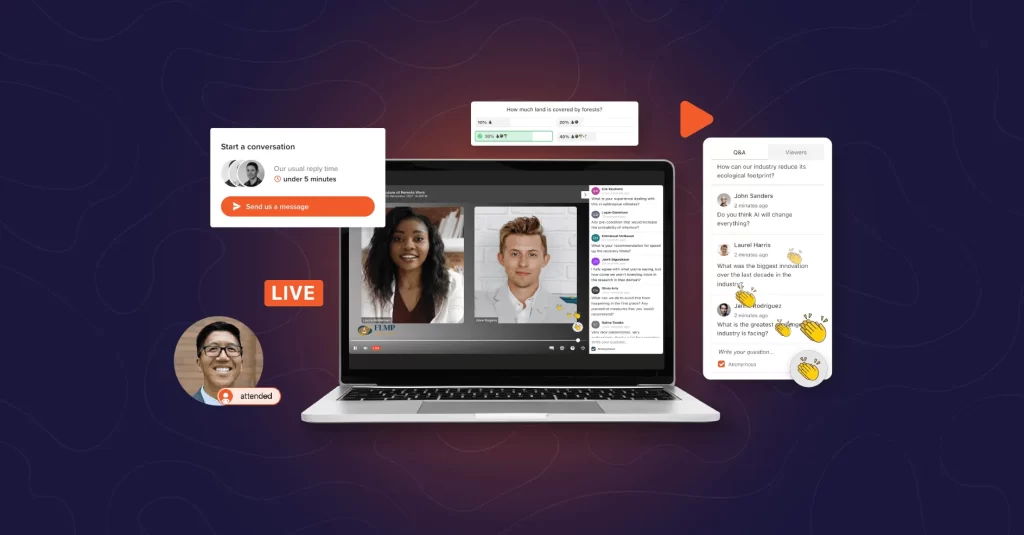
Slide decks and webinar recordings are ripe for harvesting engaging segments such as:
- The main talking points as condensed articles
- Q&As from the webinar chat
- Key data charts, videos, or visuals
- Curated slide highlights paired with presenter commentary
This gives presentations new life beyond the live event.
Repackage Existing Newsletter Content
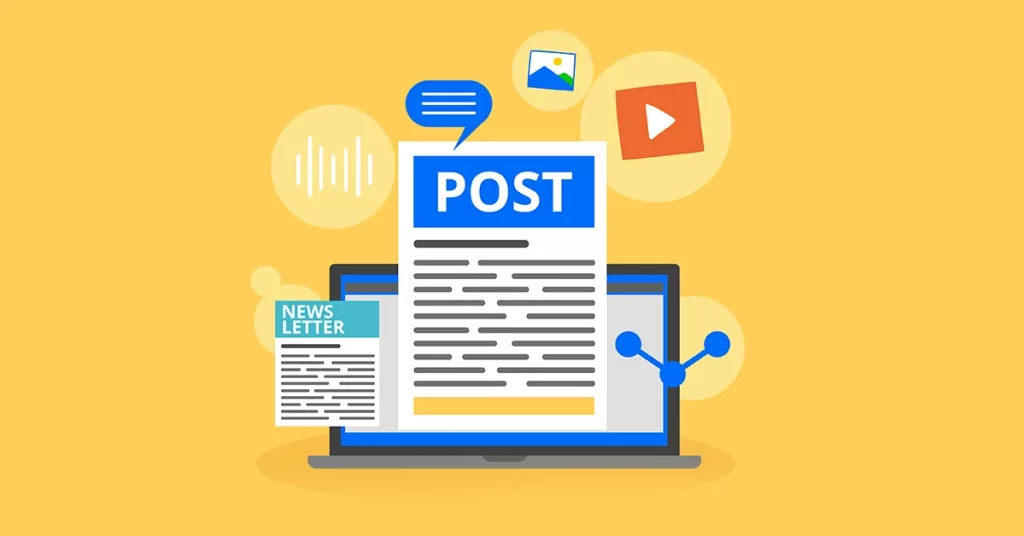
If you have an older newsletter archive, recycle and refresh the best evergreen performing pieces:
- Re-send winners as is or lightly refreshed
- Combine pieces into new themes and narratives
- Update old examples, stats, and facts
This maximizes the mileage from your existing newsletter investments.
Also Read – Using Other Platforms to Find Good Topics for LinkedIn Content
Turn Q&As, Interviews, and Quotes into Stories

Your library of Q&A assets with experts and executives can drive multiple new segments:
- Pull the best excerpts into a 1st person narrative
- Combine quotes from different interviews around a theme
- Add context and commentary for standalone segments
- Series on a single person answering different questions
Q&As provide personal perspectives subscribers love.
Mine Multimedia Content

Derive written snippets from rich media such as videos, podcasts, and webinar recordings:
- Transcribe and edit clips into first-person narratives
- Summarize key data points and insights
- Offer audio/video excerpts alongside full transcripts
This multimedia content adds diversity to your newsletter.
Create Spin-off Content Around Assets

Your existing assets can inspire fresh new takes:
- Do side-by-side product comparisons
- Create opinion pieces exploring areas of debate
- Add expert commentary expanding on points
- Localize or customize examples for new contexts
This spin-off content adds your original POV.
Curate Third-Party Content
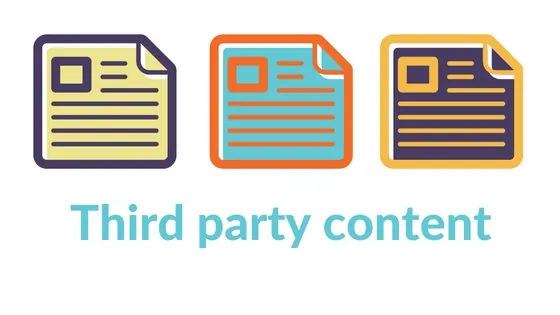
Curating and linking out to relevant third-party articles makes your newsletter more valuable:
- Comment on industry news and trends
- Share related resources like research or tools
- Link out to providers in your ecosystem
Always add your perspectives to avoid being overly promotional.
Optimize Repurposed Content
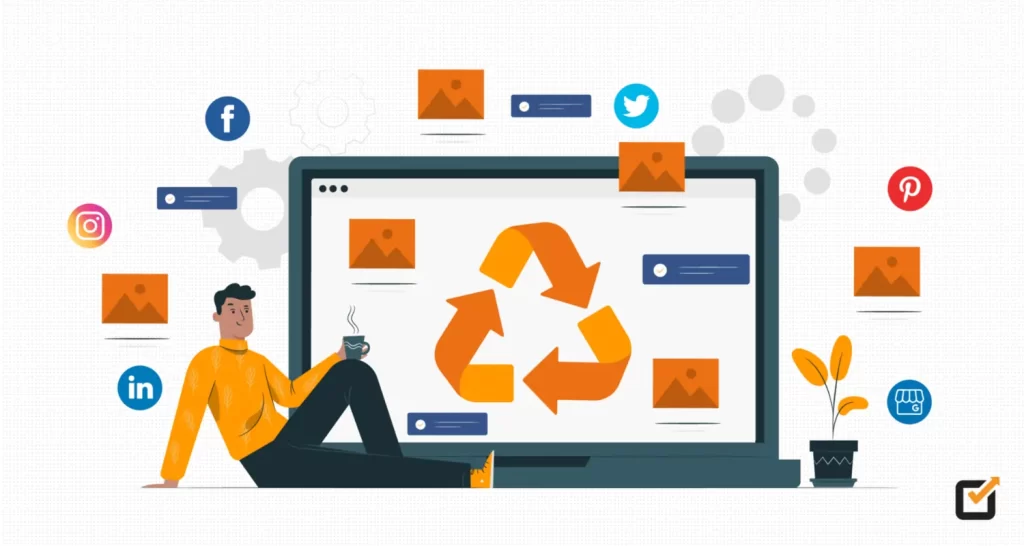
When adapting existing assets, make the content newsletter-friendly:
- Short modular content: Break up long content and keep segments under 700 words.
- Scannable formatting: Use descriptive headers, bullets, bolding, and spacing to ease scanning.
- Snackable and visual: Incorporate relevant stats, charts, images, video, or audio clips.
- Tie back to the theme: Add new intros/outros to link pieces back to the central topic.
- Current examples: Update old examples and stats to keep content fresh.
- Calls to action: Include relevant CTAs to drive engagement.
With these optimizations, your repurposed content will feel tailored to the medium.
Structure Your LinkedIn Newsletter

Once you’ve compiled segments, structure your newsletter for maximum impact:
- Lead with your best content – often a catchy or visual piece – to draw readers in.
- Group related items into sections under headers.
- Vary content formats – articles, lists, Q&As, etc – for diversity.
- Keep most segments short, around 400-500 words.
- Close with a call to action to subscribe, share feedback, contact you, etc.
This strategic structure will boost engagement.
Promote Your Newsletter Actively

With a polished newsletter crafted from repurposed content, drive readership through multi-channel promotion:
- Share each issue through your LinkedIn profile, page, and groups. Encourage employees to share too.
- Promote lead magnets or exclusives to incentivize sign-ups. Give a taste of your content.
- Run targeted LinkedIn Sponsored Content ads to get in front of more of your audience.
- Cross-promote through other digital channels – email, social media, websites, etc.
- Make signup easy with LinkedIn’s “Follow Company” feature or an email form on your site.
Spreading the word extensively will maximize your newsletter’s reach and impact.
Also Read – how to use LinkedIn for thought leadership
Measure Performance and Iterate

Track open rates, click-throughs, shares, and unsubscribe rates for each newsletter issue. See which topics and segments perform best.
Keep testing different approaches, formats, calls to action, and promotion tactics. Survey your list periodically for feedback on how to improve the content and cadence.
Use these insights to shape future newsletters that deliver maximum value to your subscribers.
Key Takeaways
- Audit your wide range of existing content assets for repurposing into newsletters.
- Be selective and intentional about extracting assets aligned with audience needs.
- Break up long-form content into short, scannable segments.
- Refresh old content with updated facts, examples, and perspectives.
- Optimize content for the newsletter medium with snackable formats.
- Promote your newsletter extensively across channels to maximize reach.
- Analyze performance data and survey readers to continuously improve.
With the right curation strategy and formatting optimizations, you can reinvent existing content into engaging LinkedIn newsletters your audience looks forward to reading regularly. So repurpose and reinvent content rather than starting from scratch every issue. This approach makes newsletter publishing more efficient while showcasing your best assets in new packages tailored for the medium.

